
Equine Lower Airway Evaluations: From Start to Finish
Veterinarians must consider certain factors when performing diagnostics to identify the source of respiratory disease.
News and issues for equine health professionals

Veterinarians must consider certain factors when performing diagnostics to identify the source of respiratory disease.

Recent study results show this treatment for osteoarthritis might benefit horses in both the short and long term.

An expert reviews material showing 2.5% polyacrylamide hydrogel (PAAG) is effective, long-lasting, and safe for treating early- and late-stage equine osteoarthritis. Sponsored by Contura Vet.

Discover the causes, treatment, and prevention of this common muscular problem in horses.

Consider the benefits of including veterinarians in your horse’s preventive care this spring. Learn more in The Horse’s Spring 2024 issue.
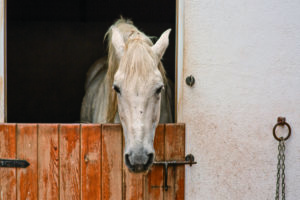
Scientists say equine veterinary hospital staff are largely receptive to using systemic pain assessments, although there are barriers to address in this process.

Learn how to prevent shoe loss caused by farrier error, rider issues, management style, or horseplay.
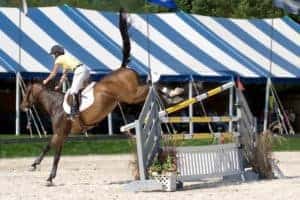
One expert shares 9 reasons why your horse might not be meeting your expectations and recommends taking a realistic look at both his and your athletic potential.
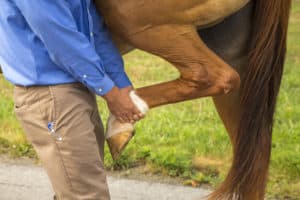
What does it mean when your veterinarian says your horse is “Grade 3 lame”? The answer lies in the American Association of Equine Practitioners’ lameness scale.

In this case report we see how a senior horse diagnosed with severe equine asthma repeatedly developed pneumonia.
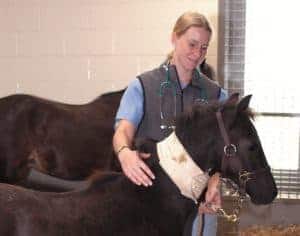
How certified veterinary technicians and veterinary assistants improve equine practices.
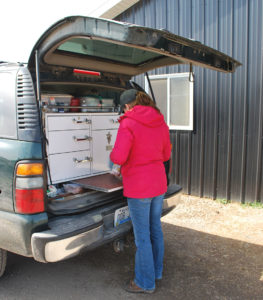
Veterinarians share how they improve sustainability and work-life balance in their practices and how you can implement these ideas in yours.
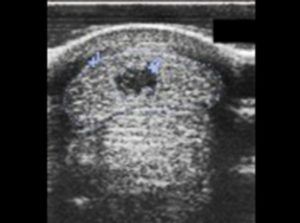
Learn how veterinarians use ultrasound to diagnose, treat, and monitor musculoskeletal injuries in horses.
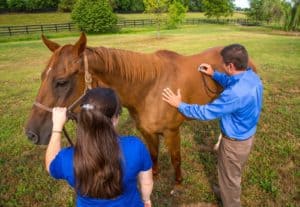
Find out what conditions, beyond lameness, a veterinarian might uncover during a prepurchase exam.
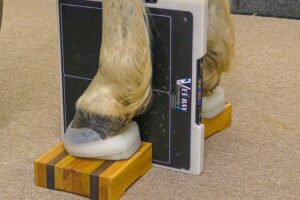
Two equine hoof care professionals share examples of how they diagnosed, treated, and maintained horses suffering from hoof-related lamenesses.
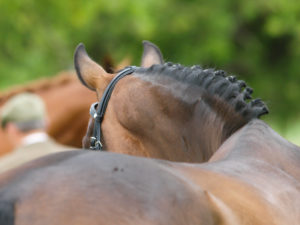
How veterinarians diagnose and rehabilitate horses suffering from kissing spines.
Stay on top of the most recent Horse Health news with
© 2022 Copyright Statement dolor sit amet, consetetur sadipscing User Terms, sed diam nonumy eirmod tempor invidunt ut labore et dolore magna aliquyam erat, sed diam voluptua. At vero eos et accusam et justo duo dolores et ea rebum. Stet clita kasd gubergren, no sea takimata sanctus est Lorem ipsum dolor sit amet.
"*" indicates required fields